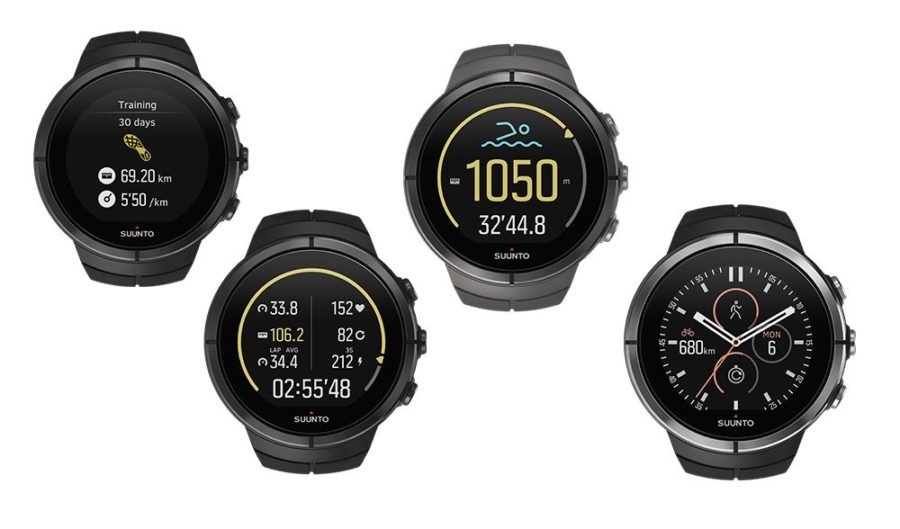Gear test: Suunto Spartan Ultra

THE GPS SPORTSWATCH market is chock-full of different brands’ models, so it takes something pretty impressive to get the attention of jaded gear testers – something that Suunto has just done with the release of its all-new Spartan Ultra.
Australian Geographic Adventure was treated to a sneak-peek of the Spartan back in August on a tour of the company’s Helsinki, Finland, factory. The Spartan was still officially under wraps at that stage so, despite being mega-pumped for what it promised, I had to stay quiet on this exciting new watch until its official launch.
The Spartan is in very high demand in what is a fairly saturated market, and the reasons behind its popularity make that pretty easy to understand. Put bluntly, this GPS sportswatch has it all. From its excellent build quality (titanium bezel, sapphire crystal glass, silicone strap) to its raft of features, the Spartan is, to use a well-worn cliché, a tour-de-force of GPS sportswatch tech. It features 100m water-resistance, barometer, digital tilt-compensated compass, GPS/Glonass navigation, FusedAlti (tech that combines GPS and barometric altitude for a more accurate altitude reading), exceptional battery life for its class, full connectivity (Suunto’s Movescount software was updated at the same time) and a particularly brilliant outdoor-grade colour touchscreen (yep, it works, and works very well).
For keen outdoor sportspeople, whether cyclists, runners, swimmers, paddlers or otherwise (there are more than 80 sports supported), the Spartan is an excellent training tool. The watch includes all the usual measures, such as heart rate (including average, max and minimum), calories, and suggested recovery time, and also adds in real-time lap tables that include pace and HR for runners and adds a power measure to these for cycling training. For swimmers there are training features such as auto pool intervals.
Using the Spartan with Suunto’s Movescount software means you can also keep track of your training load (it has a 30-day summary in-watch), and you can follow long-term training loads and analyse them to tweak your training (this is done through Movescount). Other features to be added (at time of writing) include Personal Best recording – and the ability to compare with your age group (those who access Movescount for training), a “virtual coach” and planning tool for each week of training, 30-day summaries of the different “types” of day you may have during that period of training (think: race, recovery, rest, etc.) and the ability to download actual training plans to the watch.
We’ve been testing the Spartan for a month now and can say it is indeed impressive. It is simple and fast in operation (either swipe/tap with the touchscreen or use the three buttons to toggle between the watch face, activity and training data), and its light weight (73g) belies its robust build (this writer has already banged it against a few tree branches when mountain biking and it is, thankfully, scratch/mark-free). We’re also stoked that Suunto is continually tweaking the accompanying Movescount software, as well as the watch’s operating system, so more and more of the promised future features are starting to appear in the watch.
The continual software updates, as well as the fact we are keen to test its GPS navigation more, and delve deeper into the training features, means we will be back with a longer-term review in an issue early in the New Year. In the meantime, my effort to regain my fitness continues. Now, with the Spartan’s colour screen, my pain at least looks a little prettier…
RRP $930 www.suunto.com

